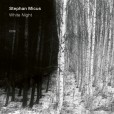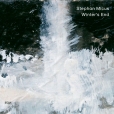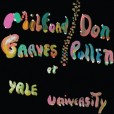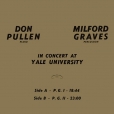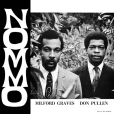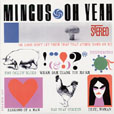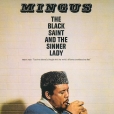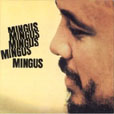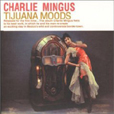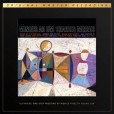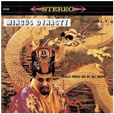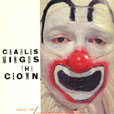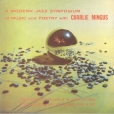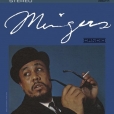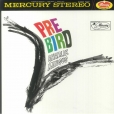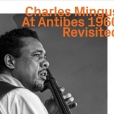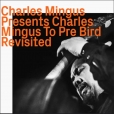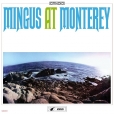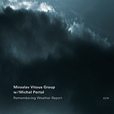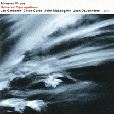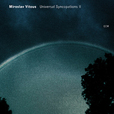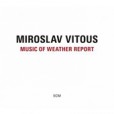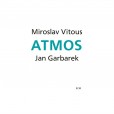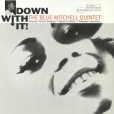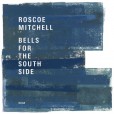Your basket is empty

Playing a chikulo from Mozambique, twelve-string guitar, tongue drums from Central Africa, kalimba, a Gambian sinding harp, a Peruvian charango, Egyptian nay flute, Japanese nohkan flute, Balinese suling flute, bowed sattar from Xinjiang, Tibetan cymbals…
Bringing together two of the most prized, auratic LPs in all of free music, with music as vital and challenging today as it was more than five decades ago.
In Concert At Yale University, Vol. 1 was self-released on the duo’s Self-Reliance Program imprint in 1966. Copies are impossibly rare, especially the first few, which sported hand-painted covers by the musicians. (Several of these are displayed in the CD gatefold, together with a terrific photo of the pair selling LPs at a Nation of Islam convention.)
It was followed by Nommo, the next year.
For a performance at Yale University in New Haven, Connecticut, in spring of 1966, percussionist Milford Graves invited pianist Don Pullen to play duets. The two musicians had worked together in a band fronted by saxophonist and clarinettist Giusseppi Logan, with whom they had recorded two LPs in 1965 for ESP. Graves was already a daunting presence in free music. One step at a time, he was busy transforming the role of drumming in jazz, introducing a new way of dealing with unmetered time and accomplishing this task with technique that was almost inconceivable. His experience playing timbales in Latin bands had been formative, suggesting that the snare could be used as accent rather than beat-keeper, but by the mid 60s he’d worked up a holistic approach to sound and energy that was the most radical of his improvising percussion contemporaries.
For his part, this early setting finds Pullen at his most hard-hitting, and his pianism here lays to rest any allegations of Cecil Taylorism.
Thrillingly uncontainable, uproarious, wildly creative music, teeming with passion, protest, sex, orality, dread, blues, and the gospel truth. With Roland Kirk newly enrolled, Mingus passes his bass to Watkins… and it all kicks off. We can’t recommend this record strongly enough. It will do you good.
A masterpiece from the same few months in 1963 as The Black Saint And The Sinner Lady, adding a couple more players to its killer lineup of Booker Ervin, Jaki Byard, Charlie Mariano and co. A kind of testimonial match by the eleven-piece, doing over some of Mingus’ best tunes so far: he didn’t take a group back into the studio till 1970.
LP from Speakers Corner.
‘I am trying to play the truth of what I am. The reason it’s difficult is because I’m changing all the time.’ From 1957, hard on the heels of Pithecanthropus Erectus — hotter fire, and another masterpiece, featuring killer soloing from CM. On Haitian Fight Song: ‘I can’t play it right unless I’m thinking about prejudice and persecution, and how unfair is it. There’s sadness and cries in it, but also determination. And it usually ends with my feeling ‘I told them! I hope somebody heard me!’’ Reincarnation Of A Lovebird is here, too.
From 1960; ostensibly before Mingus heard Charlie Parker.
A host of stellar players — including Eric Dolphy, Booker Ervin, Max Roach, Marcus Belgrave, Slide Hampton, Yusef Lateef — in variously large ensembles, reading mostly tight, post-Duke scores.
Kicks off startlingly with a mash-up of Take the A Train, in the left channel, and Exactly Like You in the right. ( On the flip, Do Nothin’ Till You Hear From Me is likewise bundled with I Let a Song Go Out of My Heart.)
The great Mingus art songs Eclipse — hymning black-white relationships — and Weird Nightmare are here. Apparently vocalist Lorraine Cusson fluffed the last line of Nightmare — singing ‘Bring me a heart with a love of gold’ instead of ‘Bring me a love with a heart of gold’ — but Mingus was so happy with the take, he let it go.
Presents CM is unmissable. The cool and deadly b-line funk of Folk Forms gives way to a New Orleans funeral march; the Original Faubus Fables is irresistible, knockabout antifa, straight to the head of a dingus; What Love showcases brilliant interplay between Mingus and Dolphy; All The Things rages freely about Mental Health.
Pre Bird is from 1960 but ostensibly before Mingus heard Charlie Parker.
A host of stellar players — including Eric Dolphy, Booker Ervin, Max Roach, Marcus Belgrave, Slide Hampton, Yusef Lateef — in variously large ensembles, reading mostly tight, post-Duke scores.
It kicks off with a startling mash-up of Take the A Train, in the left channel, and Exactly Like You in the right. ( On the flip, Do Nothin’ Till You Hear From Me is likewise bundled with I Let a Song Go Out of My Heart.)
The great Mingus art songs Eclipse — hymning black-white relationships — and Weird Nightmare are here. Apparently vocalist Lorraine Cusson fluffed the last line of Nightmare — singing ‘Bring me a heart with a love of gold’ instead of ‘Bring me a love with a heart of gold’ — but Mingus was so happy with the take, he let it go.
With Chick Corea, piano; John McLaughlin, guitar; Miroslav Vitous, double-bass; Jack DeJohnette, drums.
The Weather Report bassist brilliantly driving a core group including a bandoneon, three saxes, two drummers and Randy Brecker through and around swells of orchestra and choir. Ambitious and original.
